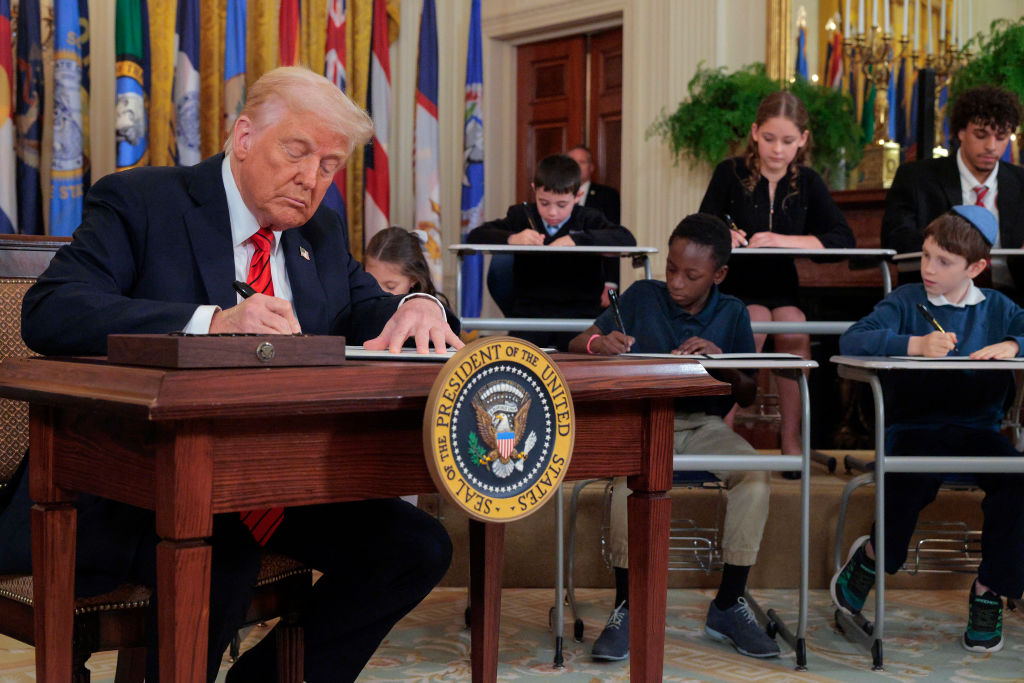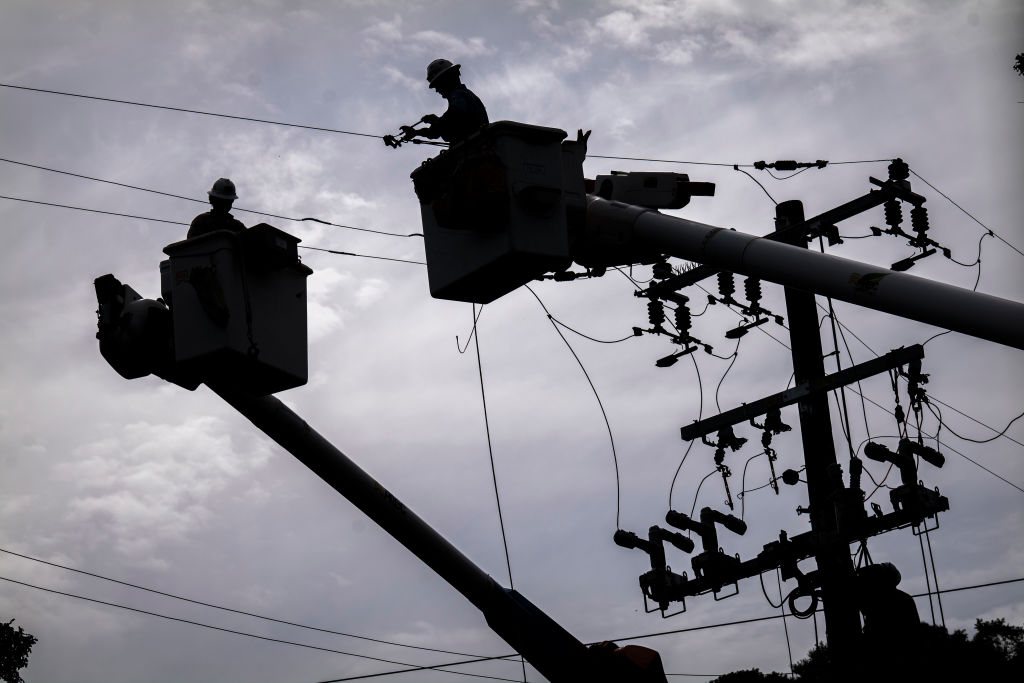
Women could be most affected by Trump’s penalties for overdue student loans
April 23, 2025
The ‘Profound’ Experience of Seeing a New Color
April 23, 2025Slashing federal support for community schools threatens the very programs that help parents uplift their children’s education, especially in working-class and rural communities.
President Donald Trump’s attack on the U.S. Department of Education is a direct hit to working-class and disabled students. However, it is also a threat to promising new programs in public schools nationwide that empower parents to help their kids be the best students they can be.
In a North Carolina coastal community, an elementary school may be forced to end its free monthly dinners where parents informally come together with teachers to talk about their children’s academic progress, as well as their mental and physical health. A coordinator of the local partnership who helped put on the events recounted that because of these meetings, “parents say they’re feeling a greater sense of efficacy by being involved with their child’s education.”
In a rural corner of Texas, local high schools may have to stop participating in a partnership connecting students with local colleges, trade schools and public institutions offering career opportunities—even though parents insist that college and career readiness is the biggest need for their kids.
In Idaho, an elementary school may be forced to stop its after-school program, which parents named as a major help. “The after-school program is amazing,” said one parent. “I wish that every school could participate in it.”
In Kentucky, an elementary school might have to close a family resource center connecting students and families with local public services, which include ear checkups, food pantries, employment assistance and housing support after local flooding.
These parent-empowering initiatives are now under threat because each of these schools receives federal dollars from the Education Department for their “community school” programs—federal dollars that are now on the chopping block.
Community schools bring students, teachers, parents and school leaders together to collaborate on how to best support students and families. They often extend school hours and partner with local organizations to offer necessary family resources, like healthcare and housing support. This is especially important in rural and working-class communities that are hard-strapped to provide these services for themselves.
For years, Trump and other Republicans have said they care about ‘parents’ rights’ in public schools. But their actions say otherwise. … How does spending less on working-class students, students with disabilities, and community school programs empower parents?
Instead of “treating families like consumers,” as a new report by Partners for Dignity & Rights puts it, community schools want to include families in decision-making to “better reflect their hopes and needs for their children’s education.”
Partners for Dignity & Rights’ report highlights San Diego’s Hoover High School, a community school where every student qualifies for free or reduced-cost lunch, a common measurement of poverty. After families told the school that access to food was a struggle, Hoover opened a food pantry, launched cooking classes for parents and students, and introduced a curriculum on nutrition and finding healthy food.
Community schools listen to the adults who know the most about their students—the parents and caregivers at home and the teachers in the classroom. They don’t pretend that school, district and elected leaders have all the answers to everything; they look to the heart of their community for guidance.
For years, Trump and other Republicans have said they care about “parents’ rights” in public schools. But their actions say otherwise. They’ve heavily enforced top-down control by promoting charter schools and vouchers, which emphasize power over students and give public funding to private organizations.
In support of dismantling the very agency she leads, the secretary of education and former professional wrestling promoter Linda McMahon said, “Removing red tape and bureaucratic barriers will empower parents to make the best educational choices for their children.”
How does spending less on working-class students, students with disabilities, and community school programs empower parents? How will younger generations of Americans, who are falling behind in social mobility, benefit from less support? It simply cannot make sense.
We do need to do something about America’s public schools. Students are struggling to keep up with grade-level academic standards. School buildings are falling apart. Teachers are underpaid, burnt out and disrespected. These burdens fall hardest on students from working class and poor families, from poverty-stricken areas in cities to rural America.
Getting rid of the federal government’s role in public education is certainly not the answer. It will only place more of the burden on the families we need to support.
Great Job Jeremy Mohler & the Team @ Ms. Magazine Source link for sharing this story.





